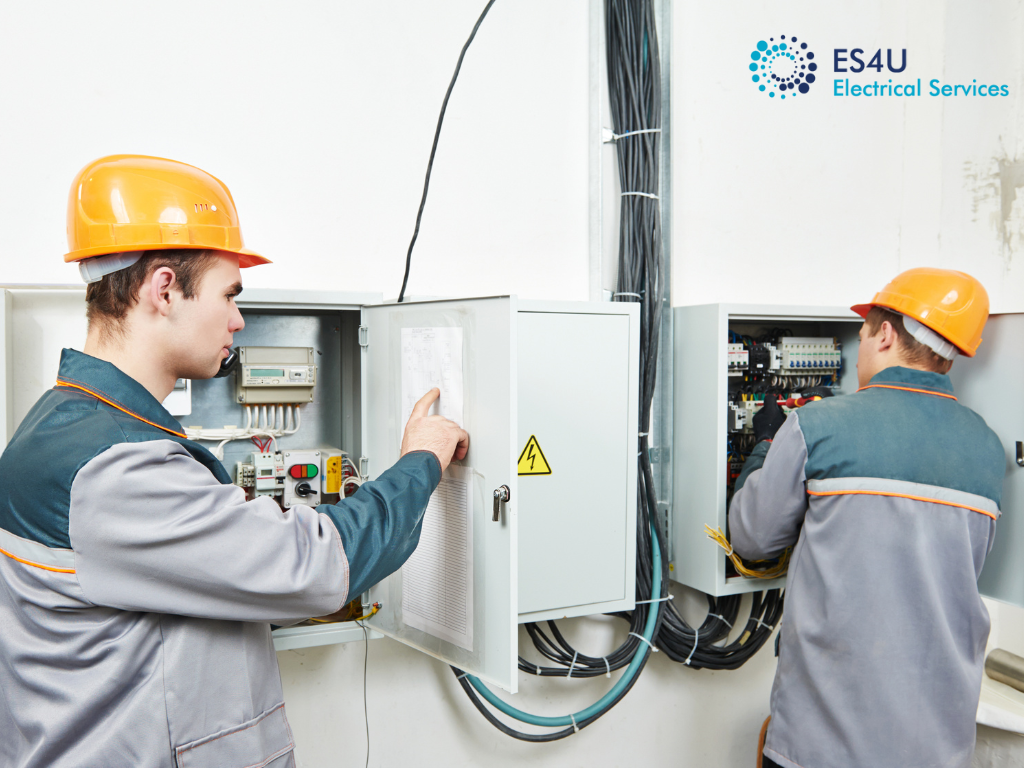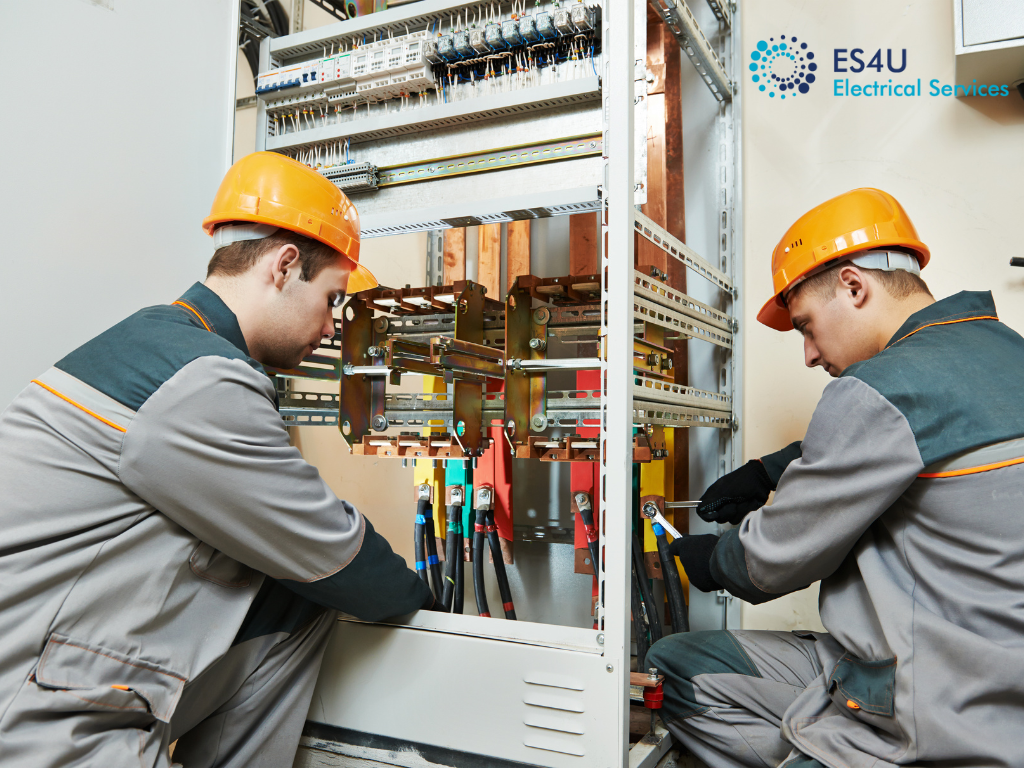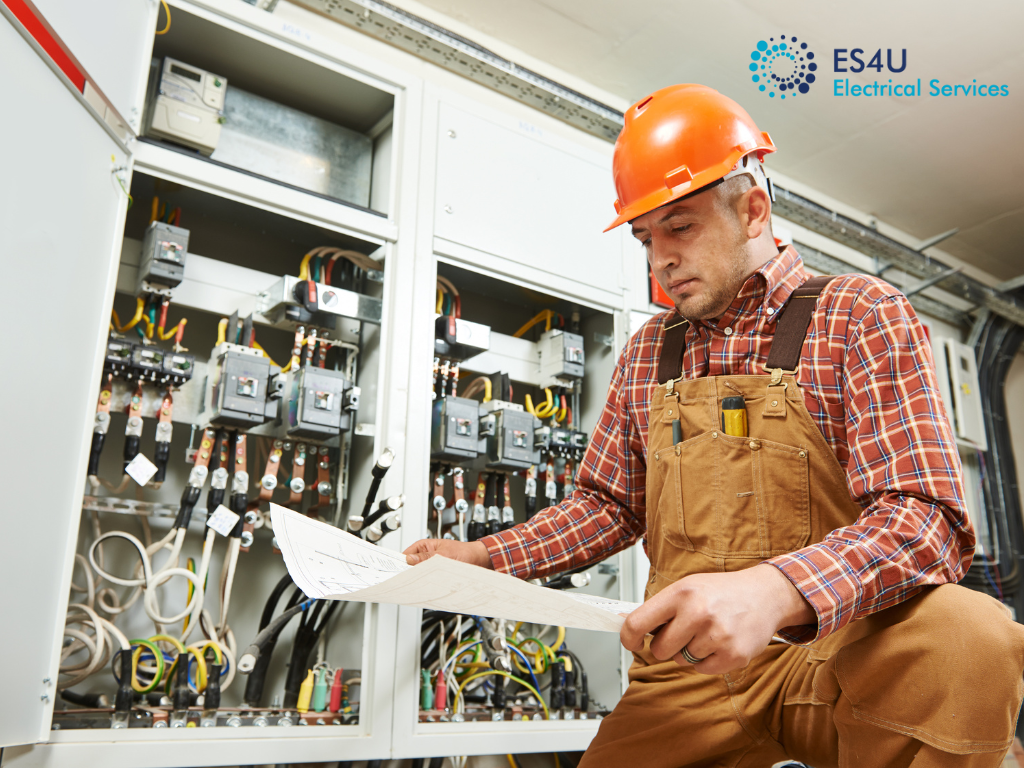
Regular maintenance of industrial fit out electrical systems is not just a recommended practice; it’s a critical aspect of ensuring operational efficiency, safety, and longevity. Industrial environments typically involve heavy machinery, large power loads, and continuous operations, which place significant stress on electrical systems. Regular maintenance helps in identifying potential issues before they escalate into major problems, ensuring that the electrical systems operate effectively and reliably. By conducting periodic checks and servicing, businesses can maintain optimal performance levels, prevent downtime, and extend the lifespan of their electrical components.
Brief Explanation of the Consequences of Neglecting Maintenance
Neglecting the maintenance of industrial electrical systems can have serious repercussions. Firstly, it increases the risk of equipment failure, which can lead to unscheduled downtime, affecting productivity and profitability. Secondly, it poses significant safety hazards. Electrical faults are a common cause of industrial accidents, including fires and electrocution, which can lead to injuries or even fatalities. Furthermore, failure to maintain electrical systems can lead to increased energy consumption and operational costs, as poorly maintained systems are less efficient. In the long run, the costs associated with neglecting maintenance far outweigh those of regular upkeep.
Key Components of Industrial Electrical Systems

Description of Major Components in Industrial Electrical Systems
An industrial electrical system comprises several key components, each playing a crucial role in the overall functionality:
- Wiring Systems: These are the conduits that carry electricity throughout the facility. They include power lines, cables, and connectors.
- Control Systems: These include circuit breakers, switches, and relays that control the flow and distribution of electricity, ensuring safe operation.
- Power Sources: This refers to the main electricity supply and may include transformers, generators, and power distribution units.
Overview of Common Vulnerabilities and Wear-and-Tear Issues
Over time, these components can experience wear and tear due to various factors like environmental conditions, load demands, and ageing. Wiring insulation can degrade, connections may loosen, and control systems can become less responsive. Power sources, too, need regular checks to ensure they are functioning optimally. These vulnerabilities, if left unchecked, can lead to inefficiencies, breakdowns, and hazards.
Developing a Maintenance Schedule

Guidelines for Creating an Effective Maintenance Schedule
Creating an effective maintenance schedule involves several steps:
- Assessment: Conduct a thorough assessment of all electrical components to understand their current condition.
- Prioritisation: Identify which components require frequent monitoring and which can have longer intervals between checks.
- Planning: Develop a timeline that outlines when each component should be inspected and serviced.
Factors Influencing the Frequency of Maintenance
The frequency of maintenance can vary based on several factors:
- Type of Industry: Industries with heavy machinery or continuous operations may require more frequent checks.
- Equipment Usage: The more intensively equipment is used, the more often it should be maintained.
- Environmental Conditions: Factors like humidity, temperature, and exposure to chemicals can affect the frequency of maintenance.
Step-by-Step Guide on Implementing Preventive Maintenance
| Step | Description |
| Inventory Assessment | Catalogue all electrical components in the facility. This involves identifying and recording details of each piece of electrical equipment, including its location, function, and condition. |
| Maintenance Planning | Determine the maintenance needs of each component. This is based on the manufacturer’s guidelines and the past performance of the equipment. Factors like age, usage frequency, and previous issues are considered to create a tailored maintenance plan for each item. |
| Scheduling | Set a regular schedule for inspections and maintenance activities. This schedule should be based on the maintenance planning step and tailored to the operational requirements of the facility to minimize disruption. |
| Documentation | Keep detailed records of all maintenance activities. Documentation should include the date of maintenance, actions taken, parts replaced, any issues found, and the names of the personnel involved. This record-keeping is essential for tracking the health of the system and planning future maintenance activities. |
| Training | Ensure that maintenance staff are properly trained in preventive maintenance techniques. Training should cover the specific systems and equipment used in the facility, as well as general maintenance best practices, safety protocols, and emergency response procedures. |
| Review and Adjust | Regularly review the effectiveness of the maintenance plan and adjust as needed. This involves analyzing the maintenance records, assessing the current condition of the electrical systems, and making changes to the maintenance schedule, procedures, or staffing as necessary. |
Routine Inspection and Testing Procedures
Checklist of Key Inspection Points in Industrial Electrical Systems
A comprehensive inspection should include:
- Visual Inspection: Check for signs of wear, damage, or overheating in wiring, connections, and insulation.
- Functional Testing: Ensure that all switches, circuit breakers, and control systems are operating correctly.
- Load Testing: Confirm that the system can handle its electrical load without issues.
- Grounding Systems: Check the integrity of grounding systems.
- Protection Devices: Test the operation of surge protectors and circuit breakers.
Recommended Testing Procedures and Equipment
- Infrared Thermography: Detect hot spots indicating overloads or poor connections.
- Insulation Resistance Testing: Assess the condition of insulation around wires and cables.
- Earth Fault Loop Impedance Testing: Ensure that safety devices will operate correctly in the event of a fault.
Guidelines for When to Call in Professional Help
- Complexity: If the issue is beyond the scope of in-house maintenance staff.
- Safety Risks: Whenever dealing with high-voltage systems or if there’s uncertainty about the safety procedures.
- Recurring Problems: If the same issue persists despite initial troubleshooting efforts.
Safety Protocols During Maintenance
Outline of Safety Measures and Best Practices During Maintenance Activities
Maintaining safety during electrical maintenance is paramount. This involves ensuring all personnel are equipped with the appropriate personal protective equipment (PPE) such as gloves, safety glasses, and hard hats. Additionally, implementing a lockout/tagout (LOTO) system is crucial to ensure that machinery is properly shut down and cannot be accidentally restarted during maintenance. Clear communication among team members is vital, especially in coordinating efforts and alerting others to potential hazards. Regular safety drills and familiarization with emergency equipment like fire extinguishers and first aid kits are also key components of a comprehensive safety protocol.
Emergency Protocols in Case of Accidents or Electrical Hazards
In the event of an accident or electrical hazard, immediate action should be taken to ensure the safety of all personnel. This includes cutting power to the affected area, administering first aid where necessary, and promptly alerting emergency services. All staff should be trained to recognize signs of electrical shock and know the procedures for responding to such incidents. Regularly reviewing and practicing emergency response plans is critical in ensuring an efficient and effective reaction to unforeseen situations.
Upgrading and Modernizing Electrical Systems
When and Why to Consider Upgrading Electrical Components
Upgrading electrical components is essential when they become outdated, inefficient, or unable to meet the growing demands of the industrial operation. This is particularly important when dealing with legacy systems that may not comply with current safety standards or technological advancements. Upgrades should also be considered when expanding operations or introducing new technologies that require more robust electrical support.
Benefits of Modernizing Electrical Systems
Modernizing electrical systems can lead to a host of benefits. Improved efficiency is a significant advantage, as newer systems are often more energy-efficient, leading to reduced operational costs. Safety enhancements are another critical benefit, as modern systems incorporate the latest safety features and comply with current electrical codes and standards. Additionally, updated systems can offer better compatibility with new technologies, facilitating easier integration and future expansion.
Training and Skill Development for Maintenance Staff
Importance of Training for Maintenance Personnel
Ongoing training for maintenance staff is vital in ensuring they are up-to-date with the latest industry standards, technologies, and safety protocols. Well-trained personnel are better equipped to handle routine maintenance tasks, troubleshoot problems effectively, and respond appropriately in emergencies. This not only enhances the safety and efficiency of operations but also contributes to the overall reliability and longevity of the electrical systems.
Resources and Courses for Skill Enhancement in Industrial Electrical Maintenance
There are numerous resources and courses available for skill enhancement in industrial electrical maintenance. These include vocational training programs, industry-specific workshops, and certification courses offered by professional bodies. Online resources, such as webinars and instructional videos, provide convenient avenues for learning new skills and staying informed about industry developments. Encouraging maintenance staff to engage in continuous learning and professional development is an investment that pays dividends in the form of enhanced operational efficiency and safety.
Conclusion and Best Practices Recap
The key points discussed, the significance of regular maintenance and calling a emergency electrician and the implementation of a proactive approach to managing industrial electrical systems are paramount. Regular maintenance, including routine inspections and preventive strategies, is essential in avoiding unforeseen breakdowns, maintaining operational efficiency, and ensuring the safety of all personnel involved. The importance of adhering to safety protocols cannot be overstressed, as these measures protect both the workforce and the equipment.